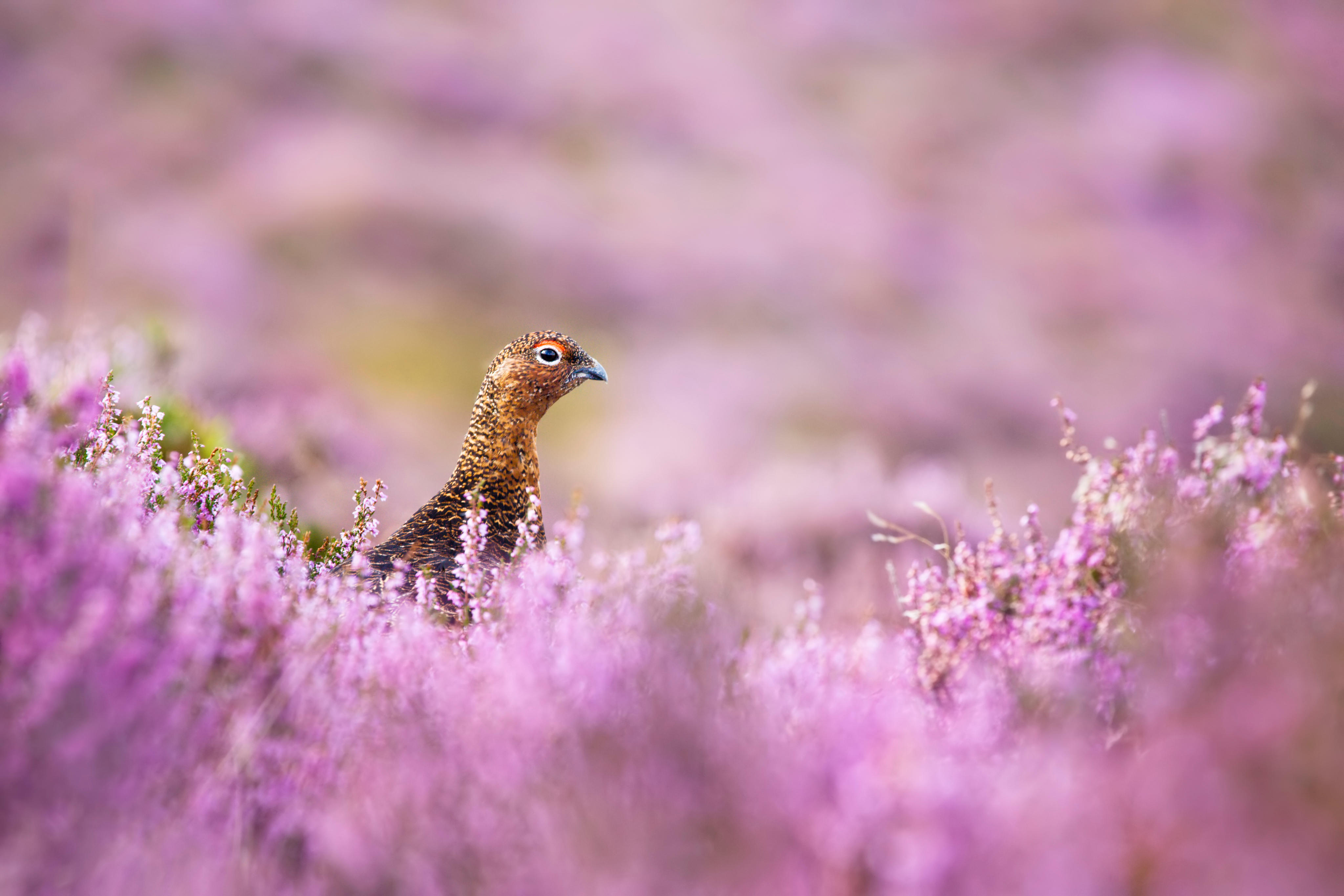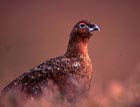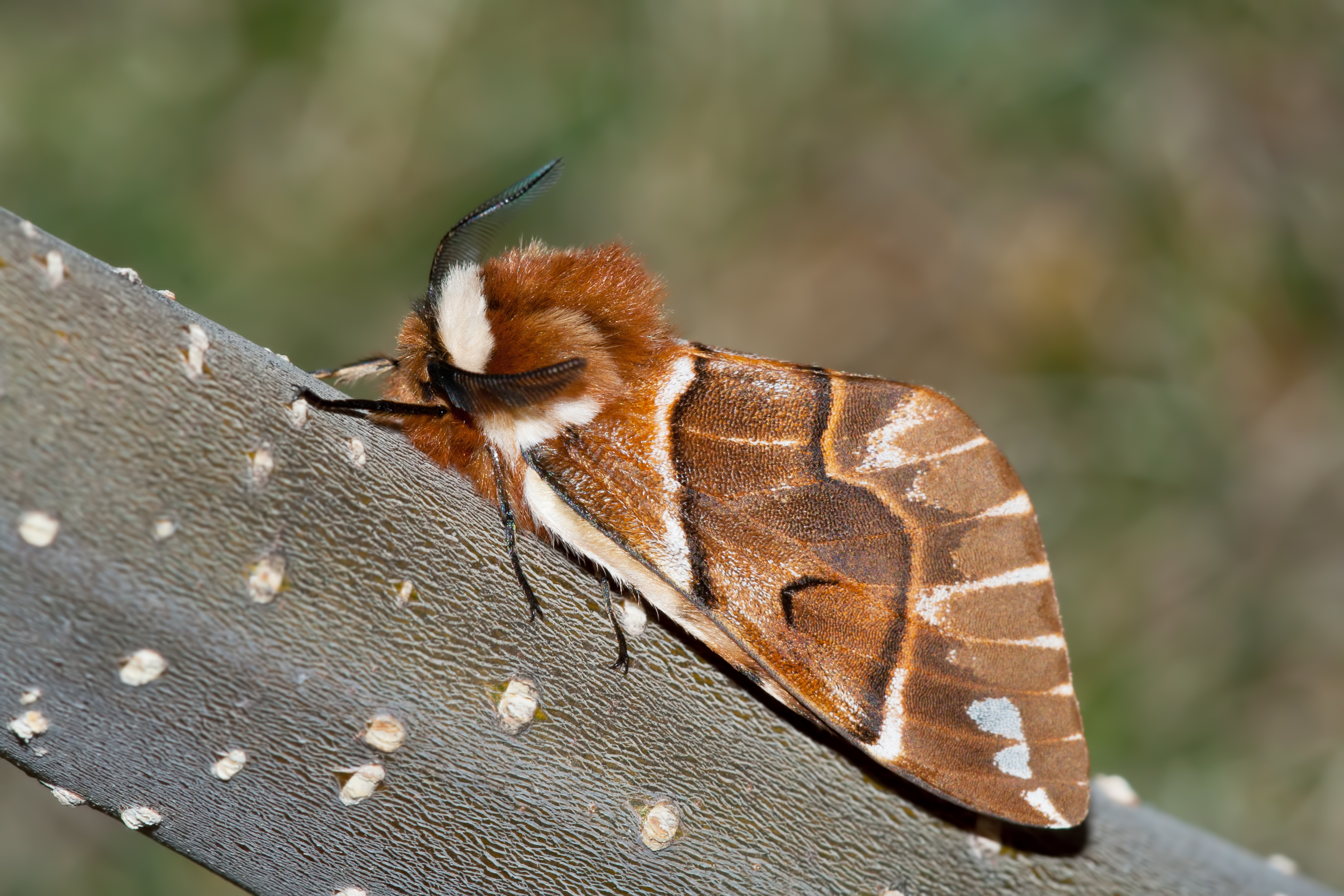The challenges facing grouse shooting, from draining moors and heather beetles to the corridors of Westminster
Labour has announced it will include a demand for a review of grouse shooting in its Animal Welfare manifesto, at the same time as some moors are facing an outbreak of heather beetles that can have a negative impact on the birds.


Grouse population needs recovery
The first challenge to the practice comes from nature. Although the weather has not been as bad as in 2018, when an especially cold winter severely affected the grouse population, causing shoots to cancel many days or even their entire calendar, the bird's numbers are still relatively low in many parts of northern England.
Despite healthy breeding in spring, ‘final counts have revealed bad news again,’ according to Duncan Thomas, northern regional director at the British Association for Shooting and Conservation (BASC). ‘Many moors have cancelled most dates. [There are] slightly better results further East but restraint will be shown again.’
The situation is no different in Scotland, where BASC’s Dr Colin Shedden reports that ‘the most recent counts have indicated that in many areas, particularly the high ground, prospects do not look great. While the season will be better than last year, it will, like the north of England, be patchy.’
Heather beetles threaten grouse
One particular concern is the proliferation of heather beetles in Yorkshire, which has a devastating impact on many wildlife species, including grouse.
The insect’s larvae feed on the heather’s leaves, damaging or killing the plant. The heather doesn’t bloom, which not only turns moorland a dull shade of orange or brown, but also affects bees, which can’t collect nectar, and, above all, grouse, which may suddenly find that their primary source of food is gone and risk starving. This, in turn, impacts the birds’ ability to lay eggs, with consequences for future population numbers, too.
‘Worryingly, heather beetle continues to be a challenge in specific areas affecting heather growth,’ notes Mr Thomas.
Review driven grouse shooting, calls Labour
But another challenge to grouse shooting comes from a different quarter altogether — the Labour Party. Shadow Environment, Food and Rural Affairs Secretary Sue Hayman has called for a review of the practice because she believes that the way moors are managed for shooting creates extensive environmental damage, destroying plant life, increasing the risk of wildlife and flooding, contributing to climate change and causing the death of mountain hares and hen harriers.
Sign up for the Country Life Newsletter
Exquisite houses, the beauty of Nature, and how to get the most from your life, straight to your inbox.
‘The costs of grouse shooting on our environment and wildlife needs to be to properly weighed up against the benefit of land owners profiting from shooting parties,’ she said. There are viable alternatives to grouse shooting such as simulated shooting and wildlife tourism. The time has come for a proper review into the practice.’
Labour’s demand for a review will be included in its Animal Welfare Manifesto, which will be published at the end of August.
RSPB believes more regulation is needed
The RSPB has welcomed Labour’s call for a review of grouse-moor management. Although the charity recognises some economic and environmental benefits of grouse shooting, including the legal control of predators and the restoration of upland habitats, it has long questioned whether the existing regulation is sufficient to prevent damage.
‘The current obsession of chasing ever increasing numbers of red grouse to be shot is a disaster for people and nature: birds of prey continue to be illegally killed while peatland habitats are being burnt, releasing tonnes of carbon into the air,’ said Martin Harper, the RSPB’s director for conservation.
‘We have argued that the grouse shooting industry has failed to clean up its act and have called for licensing of driven grouse shooting. The status quo is clearly not an option, which is why we support the proposed review to complement one already being consulted in Scotland. We think this will unlock a different future for — one where carbon is locked up, our hills are rich in wildlife and birds of prey fly free from harm.’
As all this goes on, the Twitter battle is raging
Labour’s stance is unfounded, says BASC
However, shooting and conservation organisations have countered that Labour’s call is founded on a misapprehension. ‘Many of the details are incorrect. For example, moors are not drained each year in preparation for the shooting season – moors were drained with government money in the 1970s but have been progressively re-wetted, with drains being blocked for the last two decades,’ BASC wrote in a statement.
‘The Labour review needs to hear from the people on the ground who maintain grouse moors with massive benefits for conservation and the environment. When they’ve heard the facts, we expect Labour to support the massive economic benefits to marginal upland communities that grouse shooting delivers.’
Grouse-moor management helps, notes GWCT
The Game & Wildlife Conservation Trust reiterated that 'the assertion that moorlands are being, or have been, drained for grouse shooting purposes is misleading.'
When some moorlands were drained in the past, 'it was almost all done under government subsidy for improved grazing for sheep production, or tree planting, not shooting,' according to the GWCT'sdirector of policy for Scotland, Adam Smith, is not, and has not been, actively drained for over 30 years in the UK.
'In the past 10 years, thousands of hectares of moor, misguidedly drained under these agricultural schemes, have been re-wetted by and with the help of grouse moor managers. This moorland restoration also starts to correct damage to peat caused by pollution from the Industrial Revolution.'
The GWCT believes grouse-moor management to be beneficial because it preserves heather habitats, helps boost the number of upland birds by controlling predators, and supports local communities and the environment through private investment.
'GWCT research shows that moorland managed for grouse supports nationally important populations of upland waders such a curlew, golden plover and lapwing, which are more than three times as likely to raise a chick on these areas than on an area not managed for grouse,' said Mr Smith.

Glorious Grouse
As the first grouse of the season land on supper plates around the country following the Glorious Twelfth, we look
Carla must be the only Italian that finds the English weather more congenial than her native country’s sunshine. An antique herself, she became Country Life’s Arts & Antiques editor in 2023 having previously covered, as a freelance journalist, heritage, conservation, history and property stories, for which she won a couple of awards. Her musical taste has never evolved past Puccini and she spends most of her time immersed in any century before the 20th.
-
 In all its glory: One of Britain’s most striking moth species could be making a comeback
In all its glory: One of Britain’s most striking moth species could be making a comebackThe Kentish glory moth has been absent from England and Wales for around 50 years.
By Jack Watkins
-
 Could Gruber's Antiques from Paddington 2 be your new Notting Hill home?
Could Gruber's Antiques from Paddington 2 be your new Notting Hill home?It was the home of Mr Gruber and his antiques in the film, but in the real world, Alice's Antiques could be yours.
By James Fisher